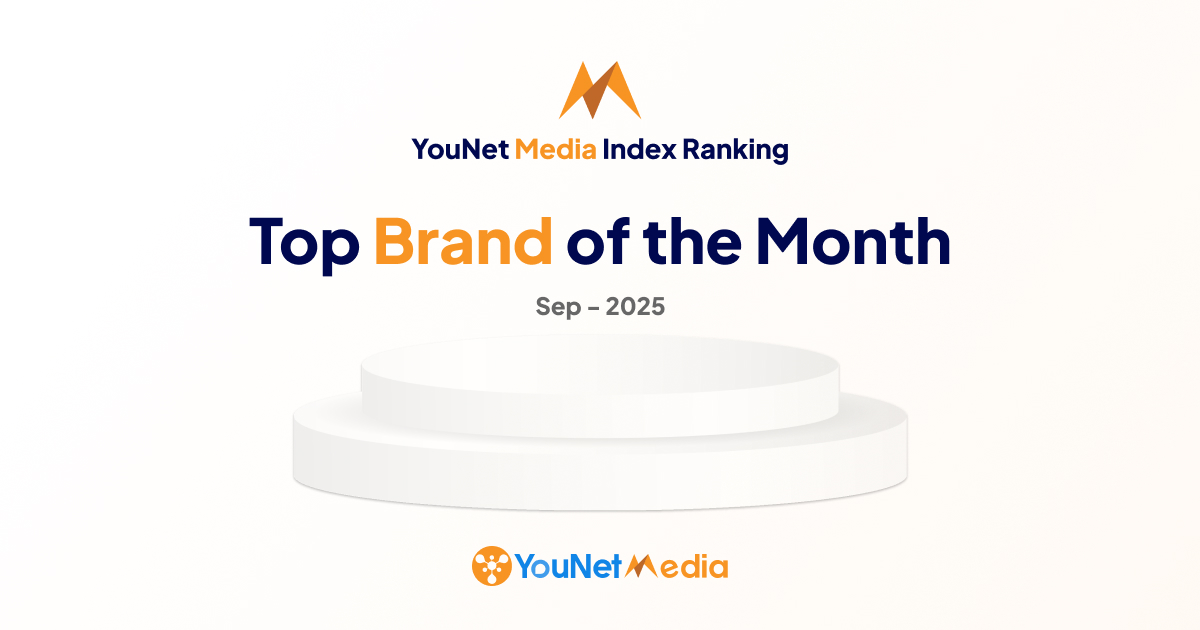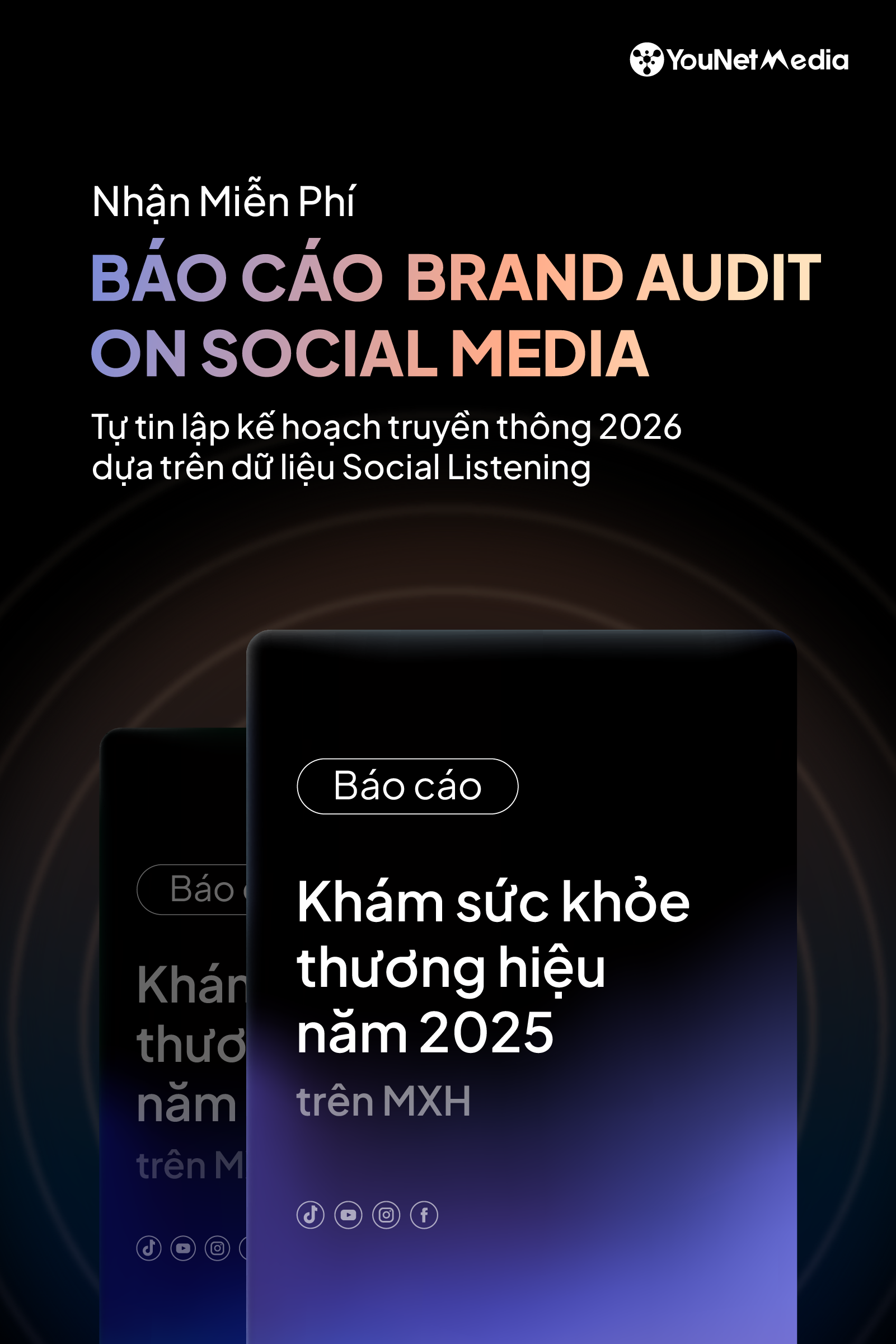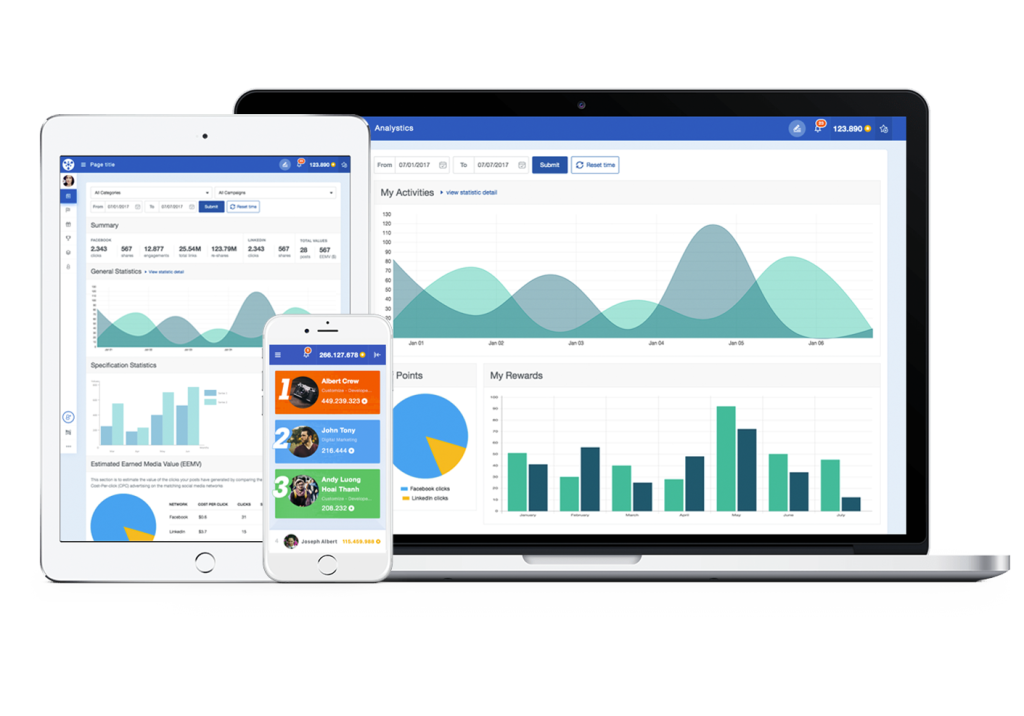Imagine your ideal clients.
Now think about what kind of pictures or visual images they would enjoy.
If you can create (or curate) visually compelling content, then Pinterest could be a great social platform for you.
When used the right way, Pinterest can drive massive traffic to your website, build loyal communities around your brand and convert fans into buyers.
#1: Create Your Ideal Client Profile
The best way to create a detailed and useful buyer persona profile on Pinterest is to connect directly with the source. If you have access to some of your favorite clients, why not interview them and find out what problems keep them up at night?
Oreck, a maker of vacuum cleaners, air purifiers and other small appliances, focuses on women as their ideal clients. They created a profile called ‘Suzy Homemaker’ and filled it in with details about where Suzy lives, whether she has kids or pets and what her hobbies are.
 Understand the mindset of your ideal client and develop a matching profile that fits his or her needs. Image source: iStockPhoto.
Understand the mindset of your ideal client and develop a matching profile that fits his or her needs. Image source: iStockPhoto.This exercise may seem silly, but don’t underestimate it. The more you know about the customers you’re trying to reach on Pinterest, the more successful you’ll be at connecting with them using images that will interest them.
#2: Name Your Boards (There’s a right and wrong way to do this!)
It’s likely that your instinct when you first get started with Pinterest (like so many other beginners) will be to create broadly themed boards that allow you to pin lots of images under a single topic; e.g., “Cruises.”
However, you must resist the urge to do this. You want your boards to be very specific yet memorable, so opt for a name such as “Fun Family Caribbean Cruises.”
The difference may seem subtle, but as many marketers in that category know, it’s a critical one. Also be sure that your board names are short, snappy and to the point.
#3: Add Compelling Descriptions
It’s easy to pin interesting pictures on your pinboards, but descriptions are just as important. Even though Pinterest gives you 500 characters to use in your description field, use only what you need to properly describe your image and give your followers some context.
 Use keyword-rich descriptions to help customers find the content they’re looking for. Image source: iStockPhoto.
Use keyword-rich descriptions to help customers find the content they’re looking for. Image source: iStockPhoto.Also remember to use keyword-rich descriptions so that people can easily find the images they’re looking for when they search. For example, instead of saying, “Our lovely spring bouquet,” use specific words such as “Our lovely spring bouquet of white hydrangea and pink roses.”
#4: Get More Pinterest Followers
The quality of your Pinterest audience matters a great deal more than the quantity. However, you have to start somewhere and the way to build your list of followers is to:
- Follow other pinners
- Pin consistently
- Actively seek out (and pin) new and interesting content
- Link your Pinterest profile with your other social networks (Facebook and Twitter)
- Run contests
Another very unique idea that Beth introduces in the book is to host a pin chat. Career coach Sean Cook hosted a unique online event that merged his Pinterest and Twitter worlds; he called it a “pin chat.” It was part of a regular Twitter chat for his higher-education job seekers.
Participants tweeted links and pins that features quotes, videos and other inspirational material for people seeking positions in higher ed (using a preassigned hashtag).
Sean then repinned those items to one of his Pinterest boards. The pin chat drew attention to the cool stuff he was doing to inspire his clients using Pinterest and provided a unique avenue for community-building that got people talking about him!
#5: Use Pinterest as Part of Your Sales Cycle
Business coach Tommi Wolfe, president of The Startup Expert, recommends that you keep a list of current professional contacts as well as potential clients with whom you would like to connect. Why not keep this list on Pinterest?
You could call it “People I’d love to know” and have those pins link to either that person’s Pinterest account or to his or her main website.
Another idea is to pin pictures of your clients and then paste their testimonials in the pin’s description. People love seeing faces with testimonials because it seems more credible and friendly. This is also an effective technique for sharing social proof about how awesome your brand is.
#6: For Non-Visual Brands
If you’re a B2B brand or in the service industry, Pinterest still holds enormous potential for you because you’re not limited to showcasing product pictures only.
Consider Mashable, a leading source of news, information and resources for the connected generation.
Currently they have 35 boards on Pinterest, 1,077 pins and almost 419,000 followers. Their most popular boards include:
- Tech and Gadgets — obviously these are not Mashable products. They are cleverly curated images of interesting gadgets that are used in the tech industry (e.g., washable keyboards, tablets and typewriters, interesting apps and even imaginary futuristic gadgets).

Mashable’s Tech & Gadgets board curates original and other users’ images of cool devices.
- Mashable photo challenge — each week they ask their readers to submit photos based on a particular prompt and these are then pinned on Pinterest. This is an easy idea that you too could piggyback off of.
Remember that all companies (whether B2C or B2B) are based on the same idea: people selling to other people.
So even if you’re selling to other companies, you can still have a successful presence on Pinterest as long as you’re creative and are able to offer a visually interesting experience.






